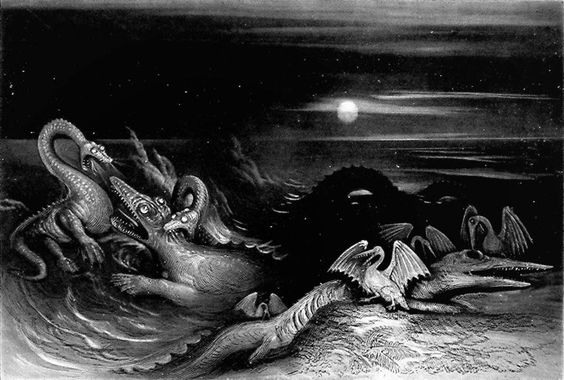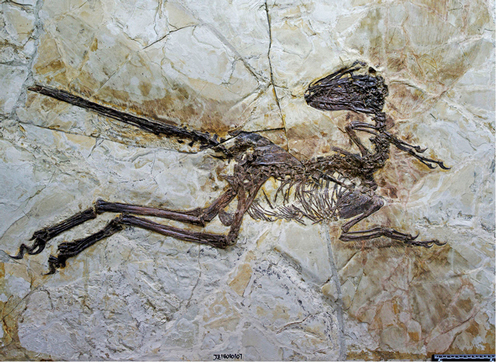St George’s Day – There Be Dragons
Happy St George’s Day
Today, April 23rd, is the patron saint day of England (and in a number of other countries such as Portugal and Malta). April 23rd commemorates the saint’s day of England’s patron saint St George. Legend has it, St George was a Knight, someone strongly associated with this sceptred isle as William Shakespeare wrote, who coincidentally is believed to have been born on this day in 1564 and also died on this day (1616).
St George was not English and he might be famous for slaying a dragon but this story was probably brought back to Europe by returning crusaders. St George is believed to have been a Roman soldier who became a martyr following his execution for refusing to denounce his Christian faith.
The Dragon Metaphor May Have Influenced Early Illustrations of Prehistoric Animals

Picture credit: John Martin
Dinosaurs and Dragons
Dragons and dinosaurs are synonymous. It has been suggested that the dragons from Chinese folklore, which actually pre-date St George by hundreds of years, were probably thought up to explain the large fossil bones found in many parts of China. Those early Chinese scientists were remarkably close to the truth. Many dinosaurs that have been discovered in China have the word “long” incorporated into the genus. For example, Guanlong, Yinlong, Tianyulong, Xiongguanlong, Beishanlong and Zhenyuanlong. The word “long” is derived from the Mandarin Chinese for dragon.
A Specimen of the Dromaeosaurid Dinosaur Zhenyuanlong (Z. suni)

Picture credit: Chinese Academy of Geological Science
The trend to name Chinese dinosaurs “dragons” shows no signs of abating. For example, earlier this year, Everything Dinosaur reported upon the discovery of Wulong bohaiensis (dancing dragon). W. bohaiensis has been classified as a member of the Microraptoria clade of feathered dromaeosaurs.
To read more about the discovery of this crow-sized dinosaur: Little Dancing Dragon Sheds Light on How Dinosaurs Grew Up.
The Everything Dinosaur website: Everything Dinosaur.

